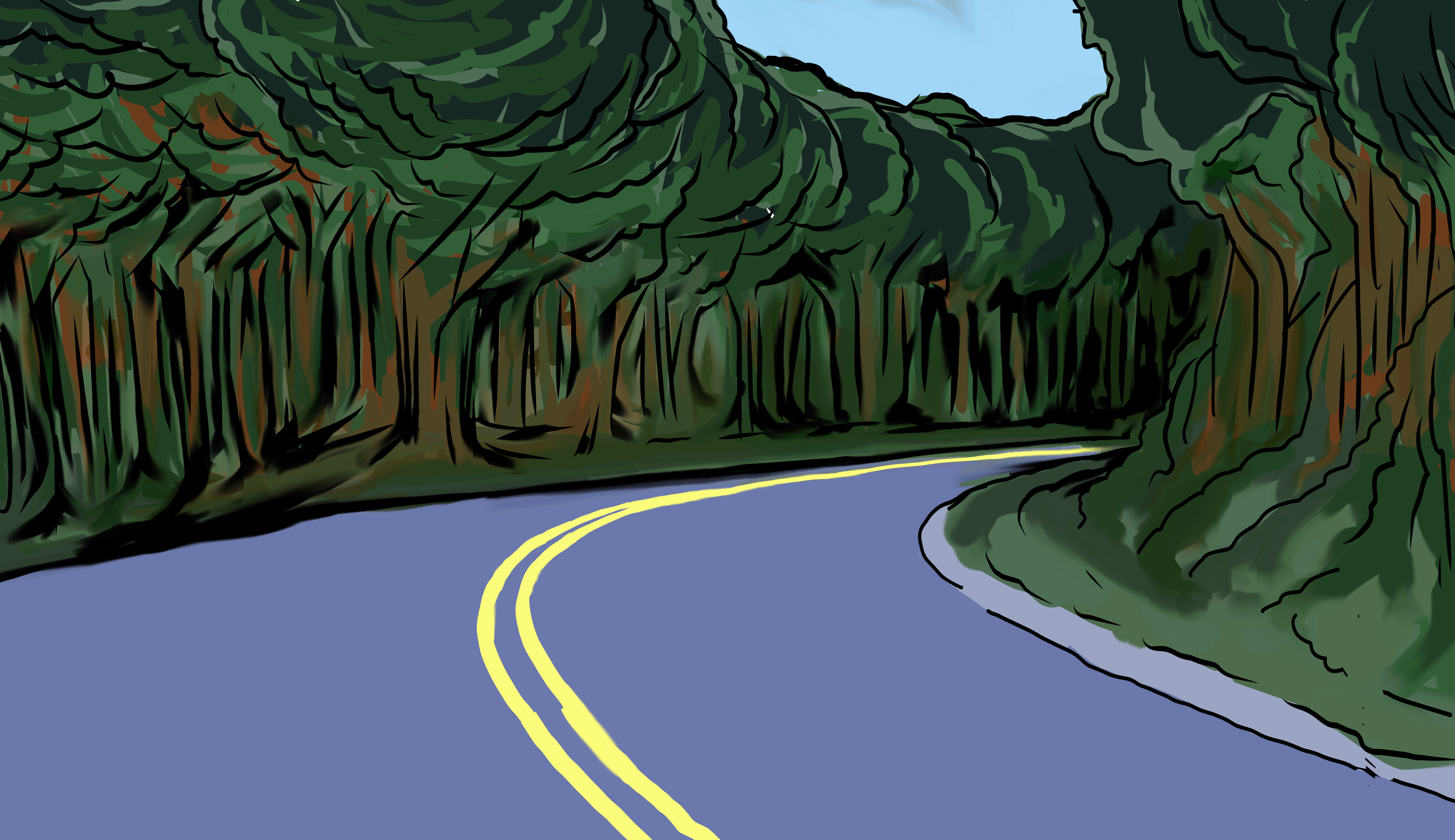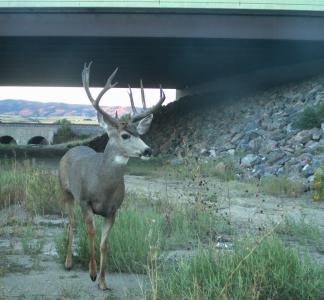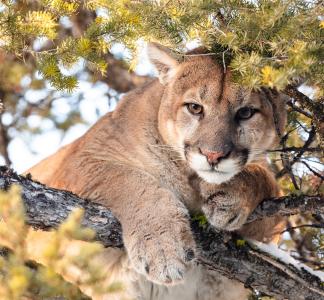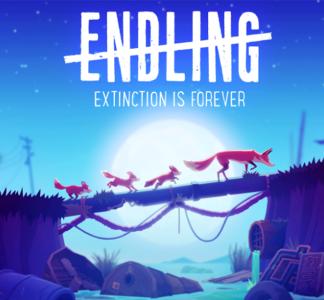WATCH: Why did the black bear cross the road? Scientists weigh in
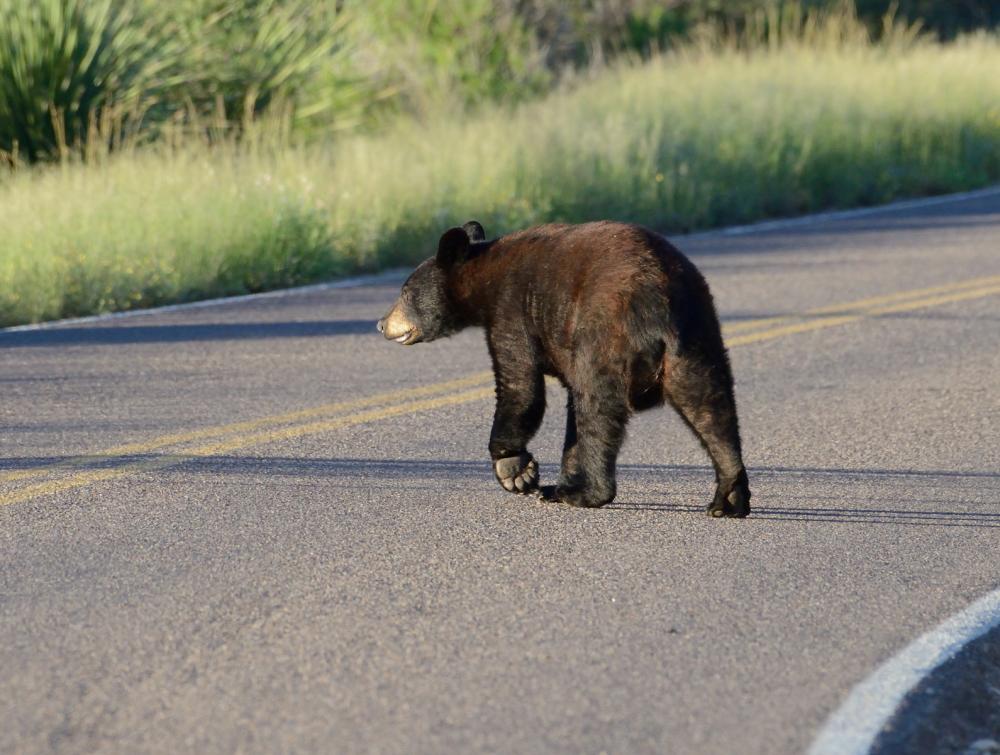
Black bear crossing roadway in Big Bend National Park, Texas
JanetandPhil, Flickr
Wildlife face obstacles in a warming and increasingly developed world
Picture this: It’s a crisp fall morning. You’re a black bear in the Great Smoky Mountains, preparing yourself and your cubs for the long winter ahead. But just when you spot the perfect hollow tree for a den, you find your path blocked by roads, fences and acres of developed land. Now what?
We recently sat down with two scientists to discuss the obstacles wildlife face in a rapidly warming and increasingly developed world, using the struggles of typical black bears as an example.
WATCH:
Panelists
Dr. Kathy Zeller is a Research Biologist with the Aldo Leopold Wilderness Research Institute. Her research seeks to understand and quantify how patterns and processes of human-driven disturbance and climate change affect wildlife populations and large ecological networks. Kathy is particularly interested in modeling connectivity within and among protected lands and in providing spatial products and decision-support tools that are useful to managers.
Dr. Travis Belote has served as a Research Ecologist with The Wilderness Society since 2009. His research focuses on understanding the basic science of ecosystems to inform conservation and adaptive management under increasing pressures of global change. Most recently his work has used large-scale spatial data to map wildland values and climate change vulnerability to guide conservation strategies.
KEY QUESTIONS & ANSWERS:
What are “wildlife corridors”?
Wildlife corridors are the routes wildlife use to migrate from one patch of habitat or protected place (like a national park or wilderness area) to another. They may have to migrate long distances to get where they need to go for shelter, food, mating and survival itself.
Why are black bears (and other wildlife) trying to cross roads so often?
It’s pretty simple: Black bears and other wildlife are forced to navigate the grid of roadways, fences, walls and other obstacles we've plopped down atop their habitat and corridors (see above) over the last couple hundred years when they strike out in search of food, shelter, mates or anything else. It’s really, really common to see videos of this phenomenon that people have uploaded from all over the U.S. and beyond.
Is that becoming a bigger problem?
Indeed it has. As climate change warps once-familiar habitat and forces populations of animals and plants to move elsewhere much faster than evolution would ordinarily dictate—for example, to a cooler area or higher elevation--many populations and species find their paths blocked by roads. This is especially true for species like black bears that reproduce infrequently and require a lot of space to roam.
So, what can we do to keep wildlife moving?
To ensure animals and plants can get where they need to go amid the climate and nature-loss crises, the single most important thing we can do is conserve an interconnected network of lands and waters, building on the U.S.’ system of protected public lands. And yes, structures like wildlife overpasses and underpasses should be incorporated, too!
